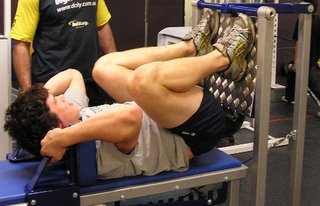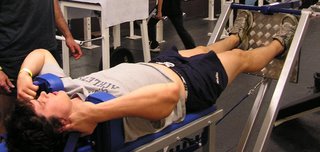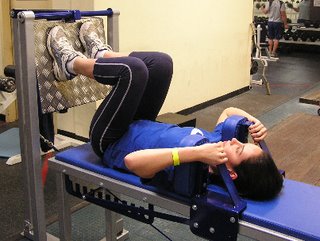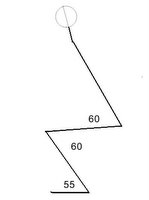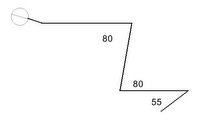Foremost among these was Liz Kell who with fellow Sydney University rower Brooke Pratley won Gold in the Women's Double Scull at the World Senior Championships in Eton, England. Kell regularly used the ScrumTruk throughout the domestic rowing season before moving to Adelaide to prepare with Pratley for the World Championships. After the race Kell commented: "We've never raced together before this regatta so this is not a bad result." A rather understated reaction to winning a world championship.
Aside from their inexperience the win was also remarkable for the fact that Kell had missed the two previous rowing seasons due to back problems.
In July in Hazewinkel, Belgium, Sydney University's Renee Kirby and Verena Stocker won Gold medals in the Women's Four at the Under 23 World Championships. Their crew was coached by the University's Phil Bourguignon. At the same championships two other Sydney University students, Chris Clyne and Fergus Pragnell, won Silver in the Men's Coxed Four.
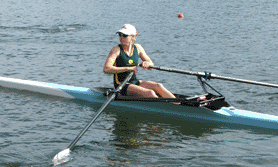
Finally, in August in Trakai, Lithuania, Elsa O'Hanlon won the Gold in the Women's Lightweight Single Scull at the World University Games.
Sydney University's coaches Marty Rabjohns, Phil Bourguignon and Alan Bennett have pioneered the use of MyoQuip equipment in strength training for rowers. They collaborated with the University's Athlete Development Manager, Martin Harland, to develop programs incorporating not just the ScrumTruk but also the HipneeFlex and the HipneeThrust.
One very noticeable reaction was the enthusiasm with which the rowers substituted the ScrumTruk for the barbell squat in their programs. The limb geometry of most rowers is not particularly suited to squatting.
"I have no hesitation in recommending the ScrumTruk." says Marty Rabjohns who recently stepped down as the University's Director of Rowing after gaining selection as cox of the Australian Senior Eight.
"Gluteal strength and forceful hip movement are essential factors in developing boat speed for rowing. The ScrumTruk facilitates power gains, in these areas, in a controlled environment. I would recommend the ScrumTruk to anyone wishing to develop superior power."
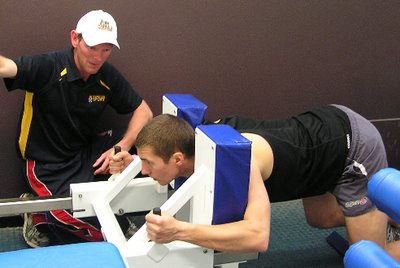
Phil Bourguignon who came to the University of Sydney from the Australian Institute of Sport emphasises that "use of the ScrumTruk also gained positive strength results with athletes during rehab and suffering back pain experienced during free squats."
He concludes that the ScrumTruk is "a safer and more effective mechanism than the free squat."
rowers
rowing
squat
ScrumTruk
HipneeFlex
HipneeThrust
Sydney University
Read more...


